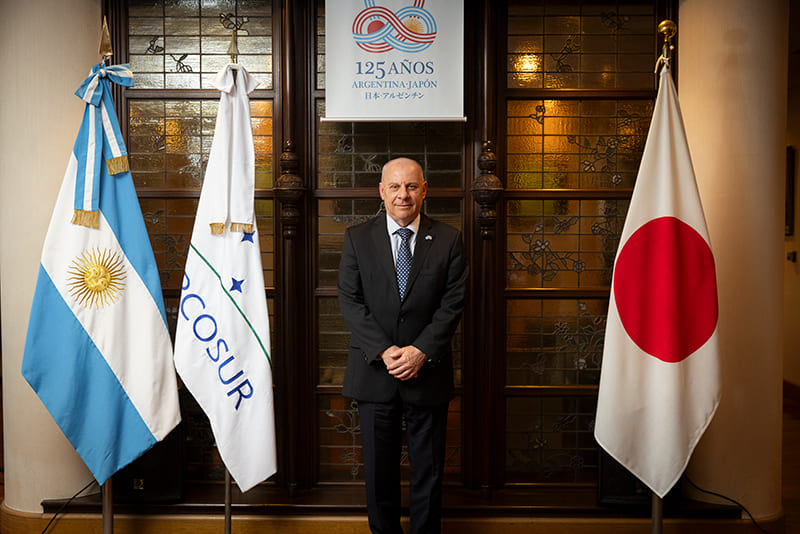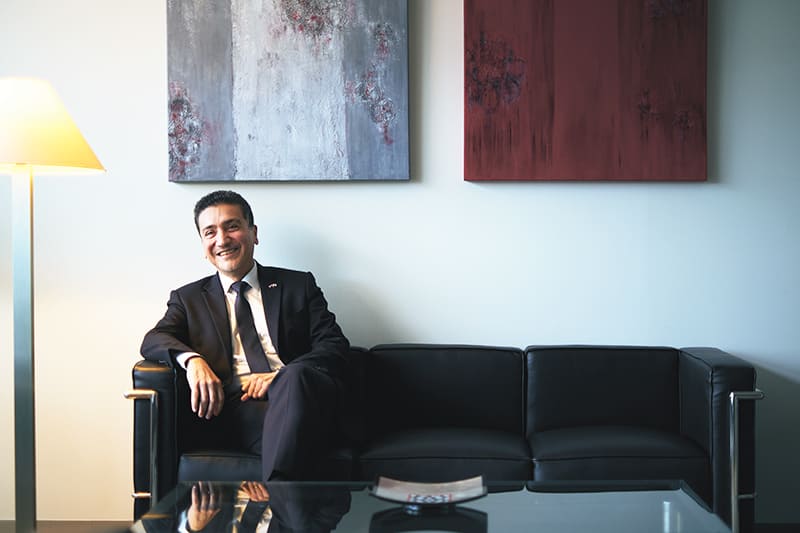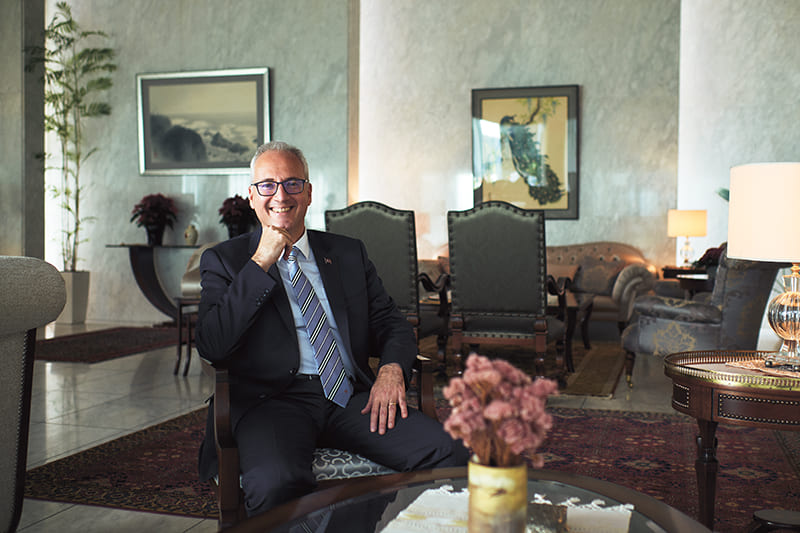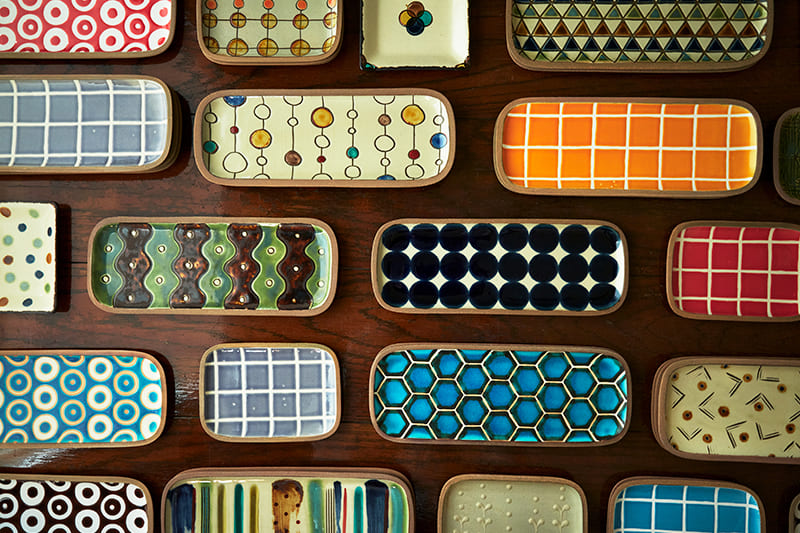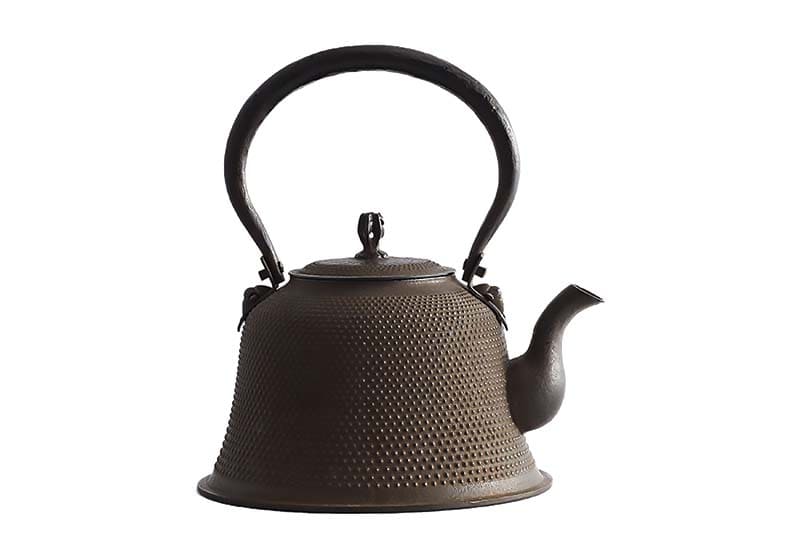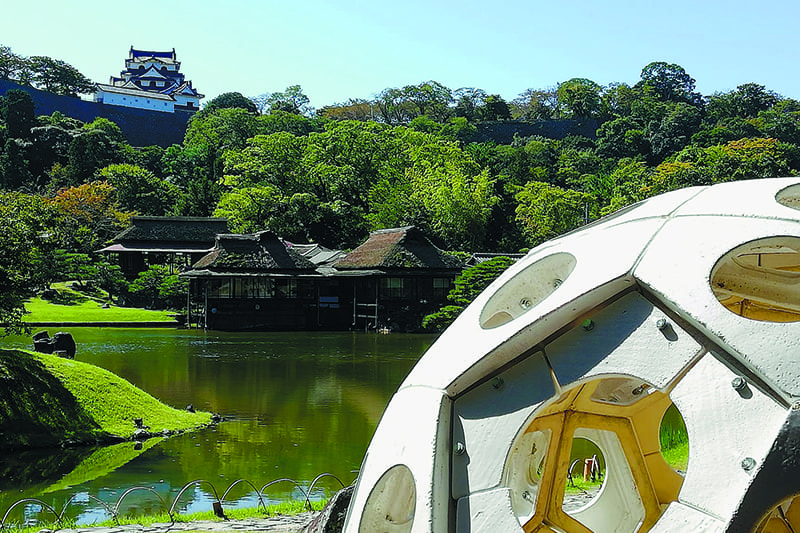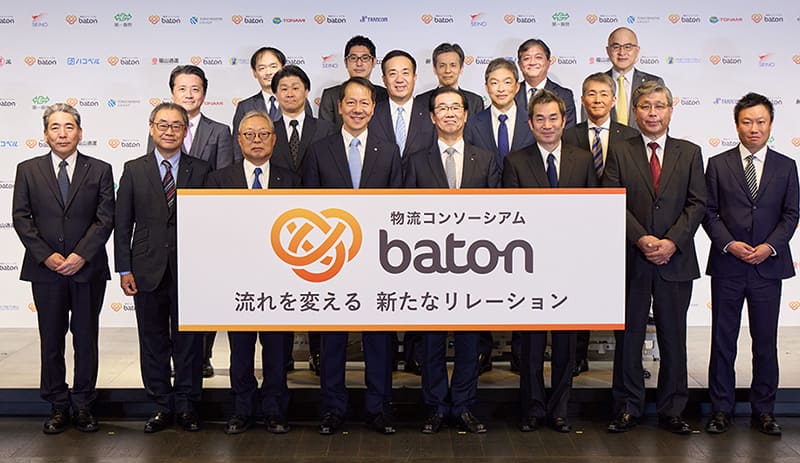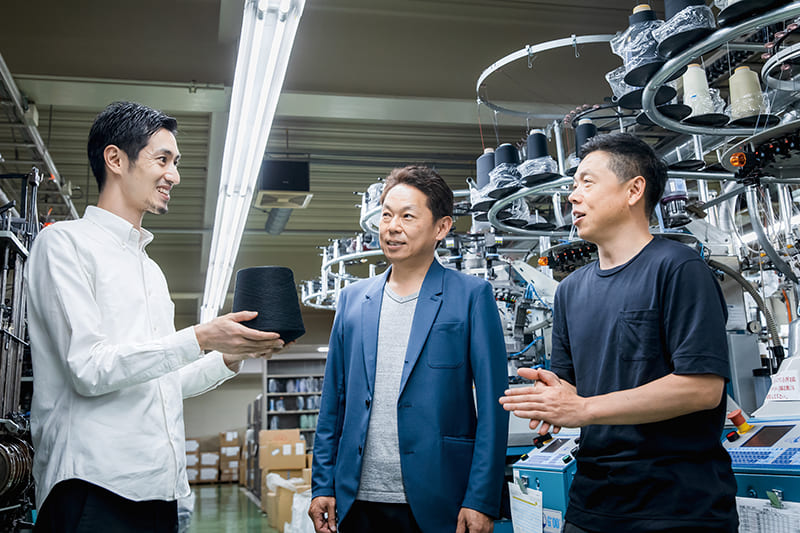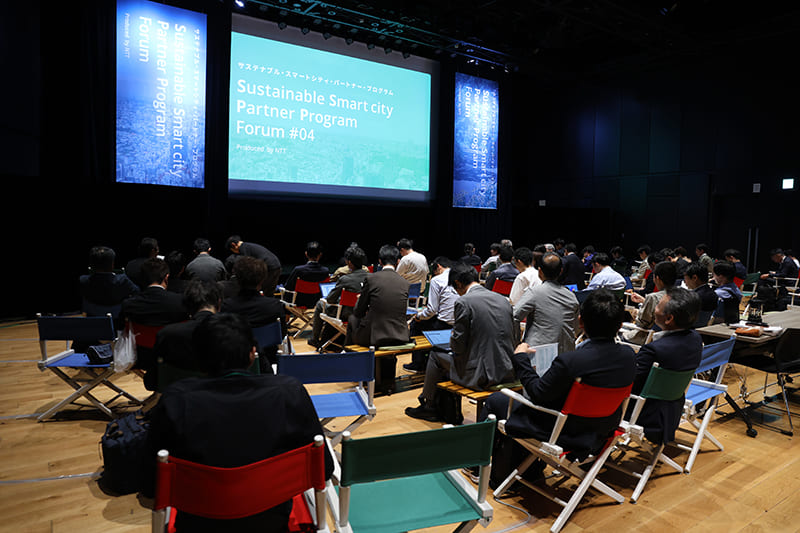December 22, 2023
Beauty found in people’s everyday lives
MEXICO
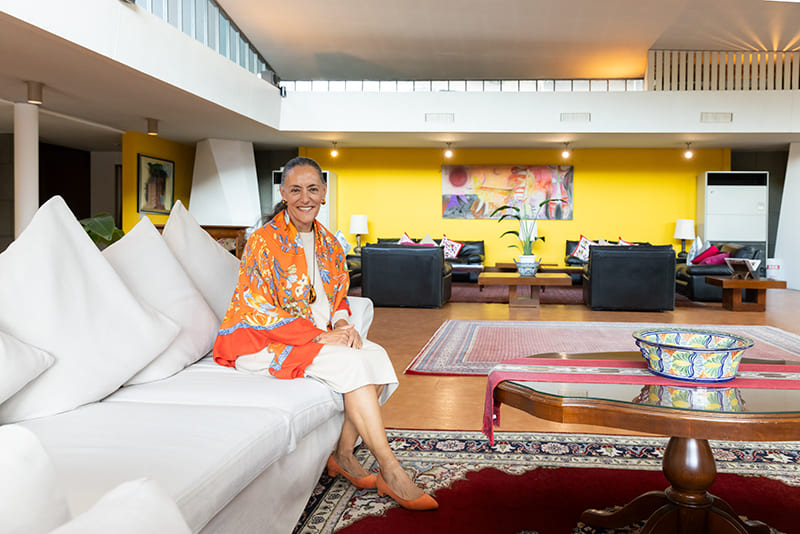
PHOTOS: YOSHIAKI TSUTSUI
Mexico and Japan will celebrate 415 years of friendship next year, beginning when villagers rescued Mexican sailors who had been traveling on a ship driven ashore at Onjuku in Chiba Prefecture in 1609.
At the Mexican Embassy in Tokyo’s Chiyoda Ward, designed in the 1960s by the Mexican architects Lorenzo Carrasco and Guillermo Rossell de la Lama and Japan’s Hiroshi Oe, Mexican Ambassador Melba Pria recently showed her favorite items that symbolize the dialogue between the cultures of Mexico and Japan and talked about the long-standing friendship between the two countries.
Pria showed a kokeshi doll in traditional Japanese style and three that look more like Mexican dolls but were actually made by Japanese craftsmen who incorporated Mexican culture into their work. “These are all kokeshi dolls, but look how different they are.” she said. One of the Mexican-style kokeshi is covered with tiny colorful beads, a traditional technique of the Huichol, one of Mexico’s many indigenous peoples. They live mostly in the central highland area, and Pria explained that the kokeshi artist visited Mexico, came across Huichol art and started applying the beading technique to his kokeshi work.
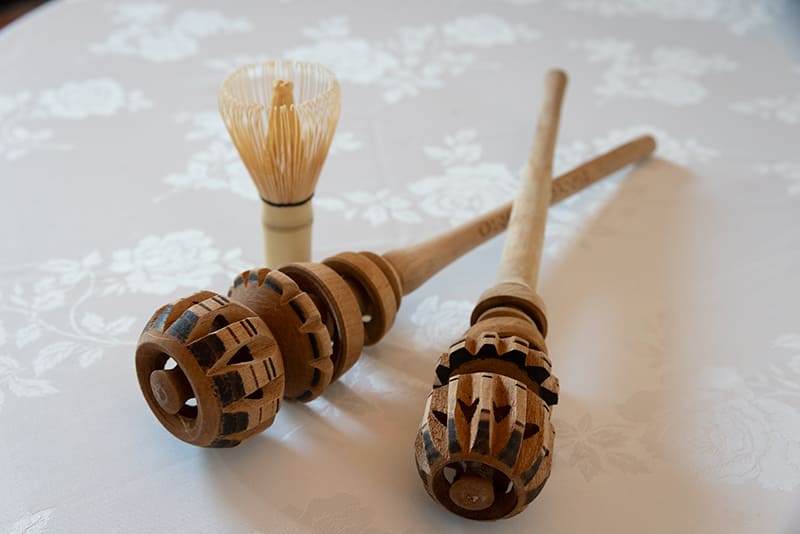
PHOTOS: YOSHIAKI TSUTSUI
Over the centuries, there have been many opportunities for artistic interactions between the two countries. Recent examples include two exhibitions on Mexican history, culture and art. One was “The Impact of Mexico: Mexican Experiences Shake Japan Radically,” held at the Ichihara Lakeside Museum in Chiba Prefecture in 2021, commemorating the 200th anniversary of Mexico’s independence. The exhibition showed how Mexican art and culture has influenced Japanese artists such as Tamiji Kitagawa, Taro Okamoto and Kojin Toneyama since the early 20th century.
The other one is “Ancient Mexico: Maya, Aztec, and Teotihuacan,” which was held in Tokyo and Fukuoka this year and will start at the National Museum of Art, Osaka on Feb. 6. It exhibits about 140 pieces representing the three cultures, which flourished at different times of Mexico’s history and in different areas, Pria explained. These civilizations have universal relevance, and the work to fully understand them is still ongoing. “We are very proud to have Japanese archaeologists among Mexican specialists still excavating those ruins,” Pria said.
One of the similarities between Mexico and Japan that Pria observes is the fact that both countries have a long span of culture. “In every field of culture — from architecture, textile, pottery and painting to cinema — we both have very traditional artists to edgy contemporary creators,” she said. In addition, there are examples both old and new of Mexican-Japanese mixture not only in the arts but also in people’s daily lives. “I may place an obi as a table runner or wear it with my contemporary outfit. I see Japanese people wearing Mexican blouses that come from our old culture,” she said.
“Beauty is in everyday life,” she continued. She had placed a series of Mexican and Japanese pottery pieces on the table, from old ones of historic value to new ones for daily use. One type, Talavera, is characteristically white and blue, using the indigo brought to Mexico by Spaniards. Some of the Japanese pottery pieces she owns also use indigo. “Indigenous pottery works or Japanese matcha bowls may be rough and imperfect, but they are no doubt beautiful because they represent the hands of somebody making them,” she said. “The important thing is how to use the elements around you to create beauty that can find a place in people’s lives.”
Pria took a chasen, a bamboo tea whisk, in her hand and said: “I find this one of the most beautiful objects in the world. Look at what you can do with a piece of bamboo by carving it.” Just as a chasen is for foaming matcha, there is a traditional utensil for foaming hot chocolate in Mexico, called a molinillo. “We used to have many of these in different sizes and designs, some more complicatedly carved or having more rings than the others. The more rings are attached, the foamier the hot chocolate becomes,” she said. The handcrafted whisk, too, looks like an objet d’art, and chasen and molinillo whisks are both used in similar ways to make traditional drinks, although they come from two countries on opposite sides of the Earth. “It is like a dialogue between Mexico and Japan,” Pria said.
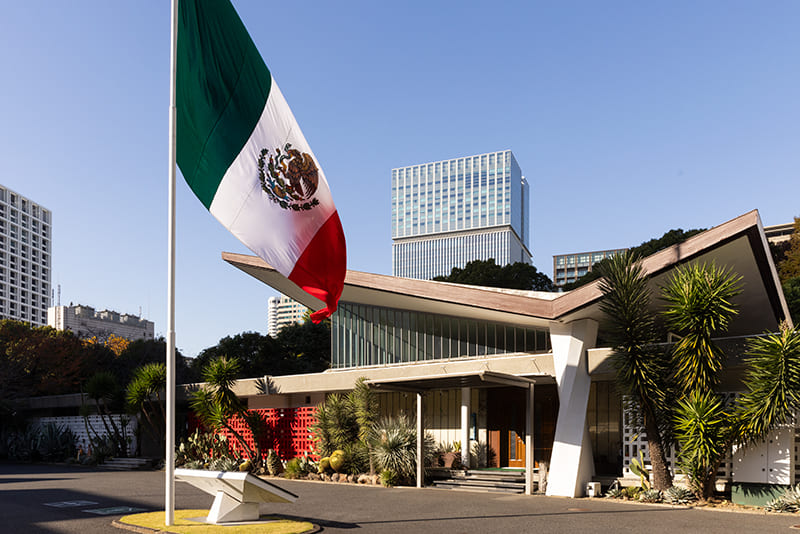

There is also a gastronomic dialogue between the two cultures. “There are many Japanese and Japanese-inspired restaurants in Mexico,” she said. “The same happens here in Japan. We have about 1,500 Mexican restaurants that we know of, and most of the chefs are Japanese. Some of them make very traditional versions of the popular dishes, such as tacos, and others present their unique interpretations.”
Not only what is served at Mexican restaurants but also many foods that Japanese people eat at home come from Mexico, including avocados, pumpkins, asparagus and pork. “As countries blessed with marine resources, both Mexicans and Japanese are particular about salt. Friends of mine in Mexico asked me to bring back salt from specific regions in Japan. I think we have become very sophisticated in our likings of each other’s products,” she said.
Pria is hopeful that the relations between the two countries will be enriched further, bringing about more collaborations. “In addition to the automotive industry, that has seen the Japan-Mexico cooperation for many years, in the field of aerospace and emerging technologies such as robotics and artificial intelligence, the presence of Mexican scientists and engineers in Japanese laboratories is becoming more and more evident,” she said.
In the area of social issues, there are many agendas that the countries can work together on. They share the same kinds of concerns about natural disasters in coastal areas. Japan is ahead of Mexico in facing the issue of the aging of the population. “We are learning from the Japanese about how communities help the elderly, how geriatric wards are managed at hospitals and what kind of geriatric medicines are available,” Pria said.
In the field of medicine, she said, Mexico is interested in Japan’s research on dengue fever. “Japan and Mexico also collaborated in researches on the efficiency and effectivity of some of the medicines for COVID-19 in recent years. These may be collaborations that people know less about, but they are actually growing. We have such a long history of friendship, which we can only enrich,” she said.
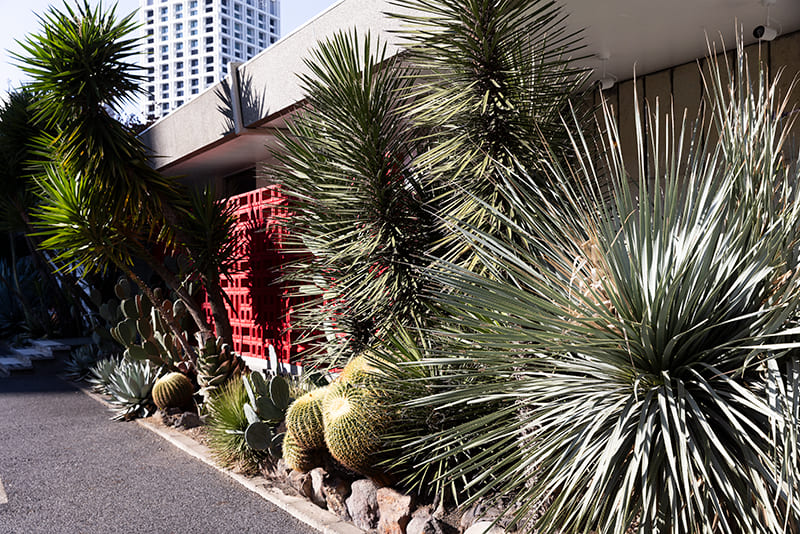
AMBASSADOR MELBA PRIA
Born in Mexico City in 1958. She holds a bachelor’s degree in sociology and two master’s degrees in public policy and international studies and did postgraduate work in national security and strategic studies. Over the years, she has held many positions in Mexican government organizations, both in Mexico and abroad. Before she was appointed as the ambassador of Mexico in Japan in 2019, she was the ambassador to Indonesia from 2007 to 2015 and India from 2015 to 2018. Her career in other diplomatic positions include serving as a political and consular attache at the Mexican Embassy in Israel from 1979 to 1982, adviser to the foreign minister, general director of state, and federal liaison at the Ministry of Foreign Affairs from 2002 to 2003.
日常生活の中に生きる、新旧文化と二国間文化の融合。
1609年、千葉県御宿にメキシコ船が漂着し、地元の住民が船員を救助したことをきっかけに始まった両国の友好関係は、来年2024年に415年を迎える。
東京・永田町にあるメキシコ大使館は、2人のメキシコ人建築家と建築家・大江宏の設計により1963年に完成したものだ。ここにメルバ・プリーア駐日大使を訪ねた。
何世紀にもわたる文化交流を通し、両国の間には芸術的な相互作用を促すような機会が数多くあった。大使は伝統的なこけしと、メキシコ風だが実際は日本人工芸家が制作したこけしを見せてくれた。そのうちの1体は、先住民族で中部高原地帯に住むウィチョル族のカラフルなビーズアートを施したものだ。これを作った日本人作家は、メキシコでウィチョル族のビーズに出会い、その技術をこけし作品に取り入れたのだと大使は話す。
大使が感じるメキシコと日本の類似性のひとつは連綿と続く文化だ。芸術の世界だけでなく、現代の人々の日常においても、新旧の文化の組み合わせや、メキシコと日本の文化の融合が見られると語る。
Return to Sustainable Japan Magazine Vol. 31 article list page

